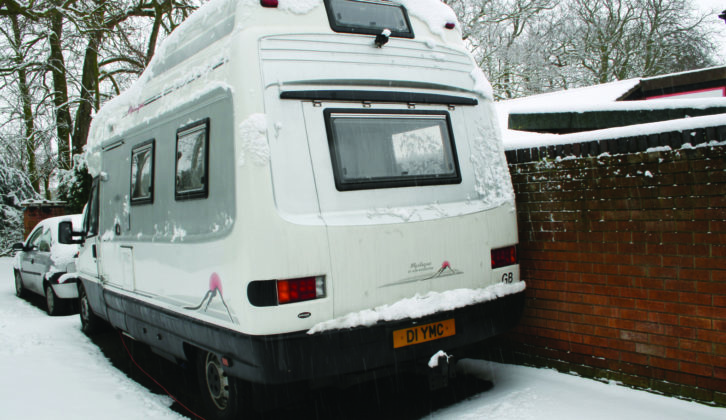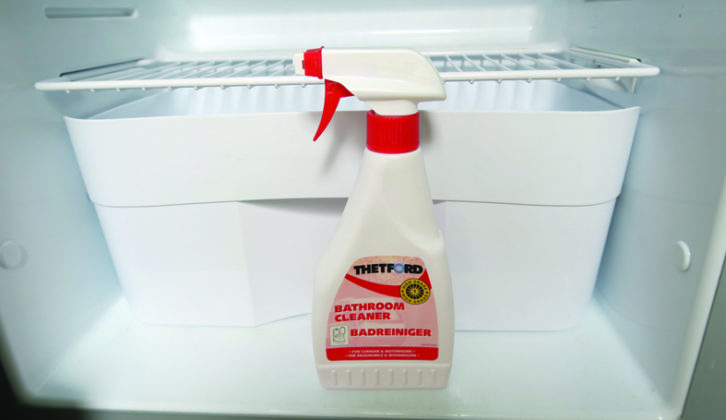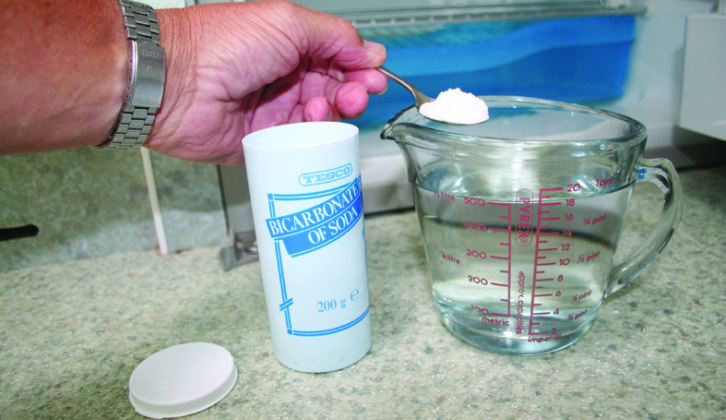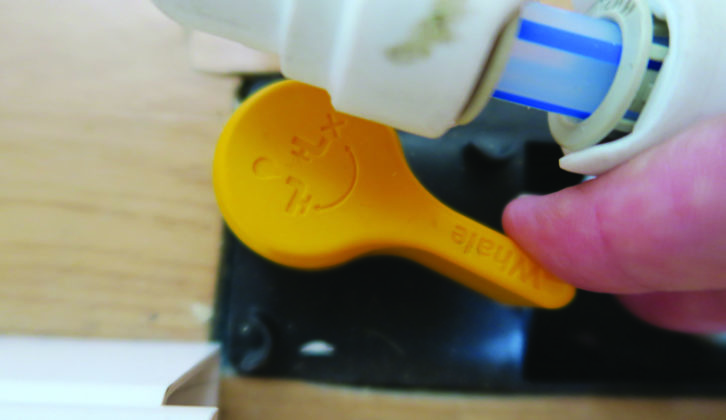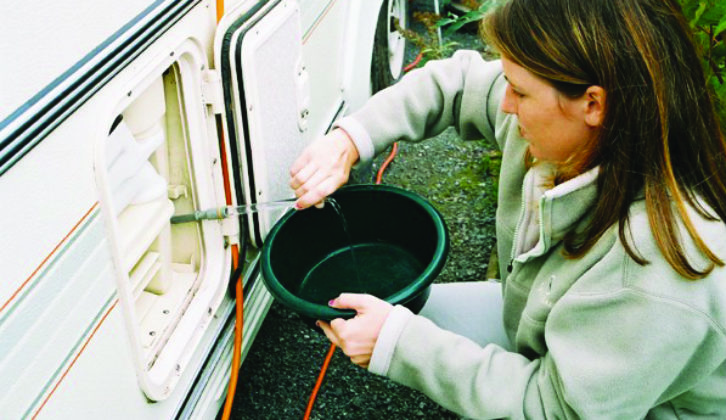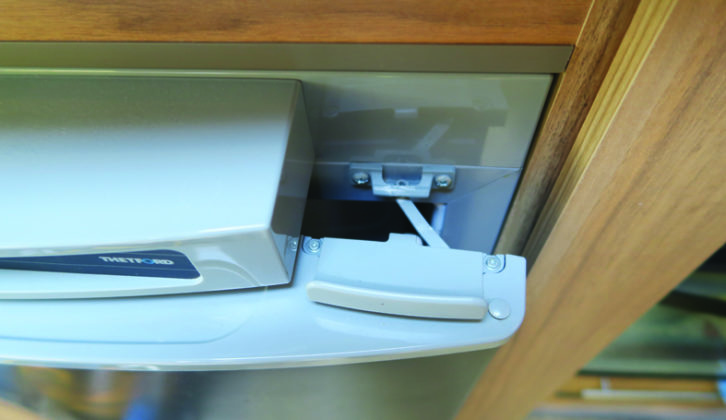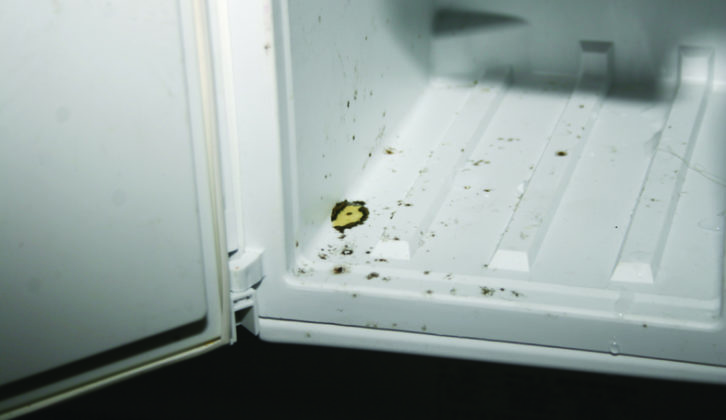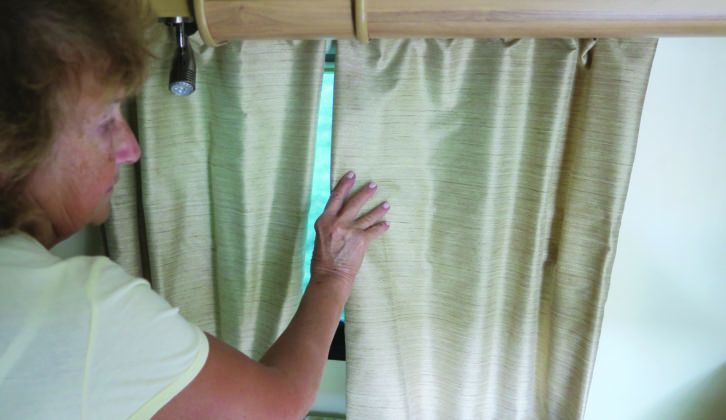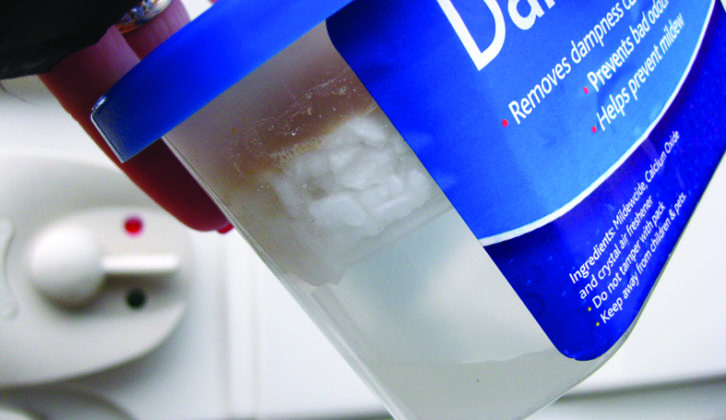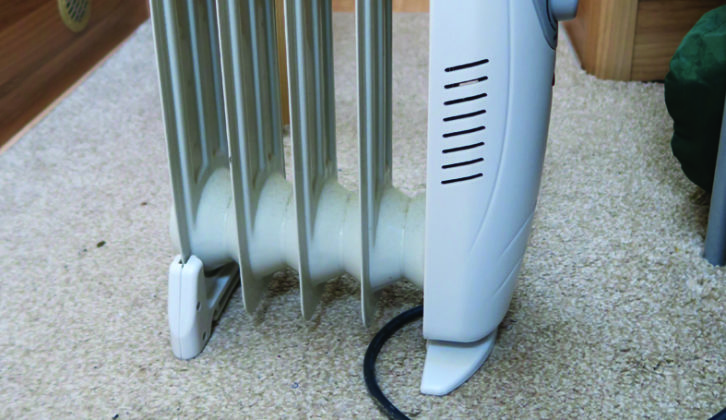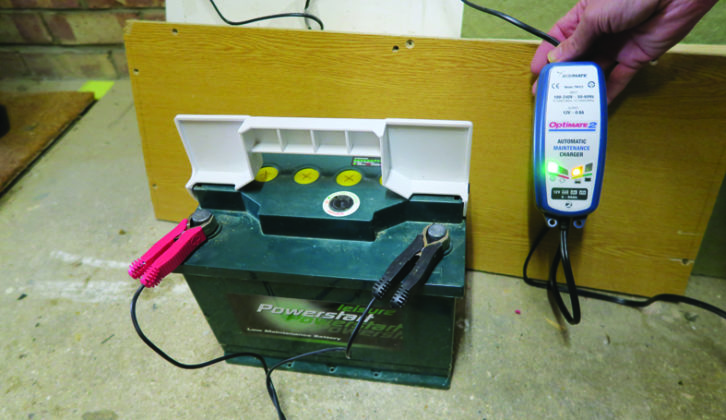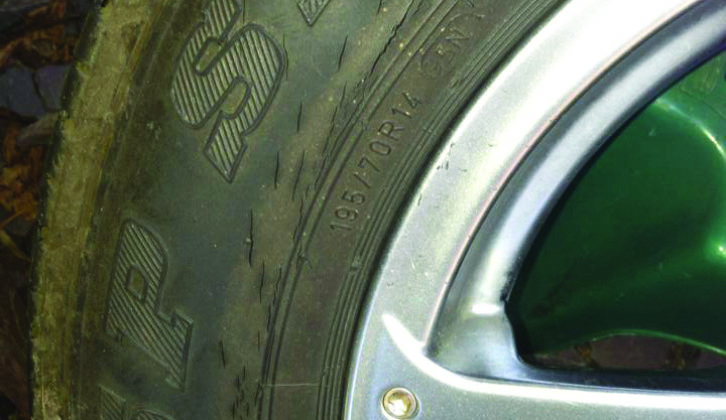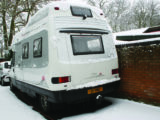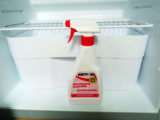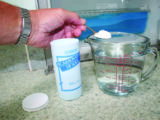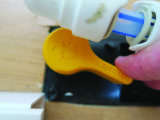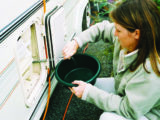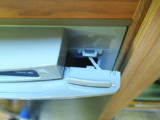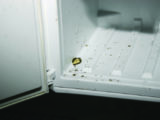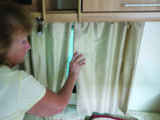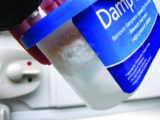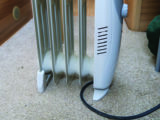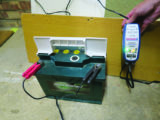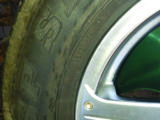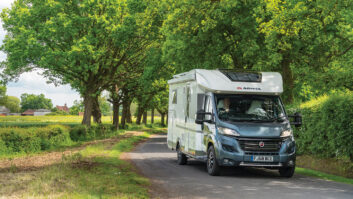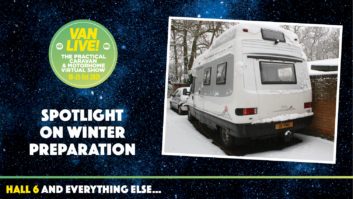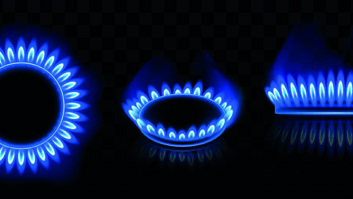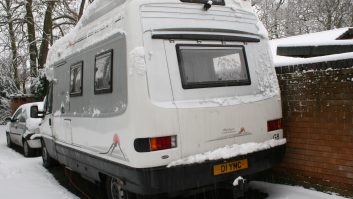The cold, dark evenings are not to everyone’s taste, and some of us like nothing better than to cosy up by the fire at home in winter.
Before you store your motorhome for the season, however, it is advisable to carry out a few simple housekeeping and maintenance tasks. That way, you should have no problems next spring.
Indoor tasks
Cleaning
It really would be remiss to leave any motorhome in a mucky state, so the first step is to give it a thorough clean before putting it away.
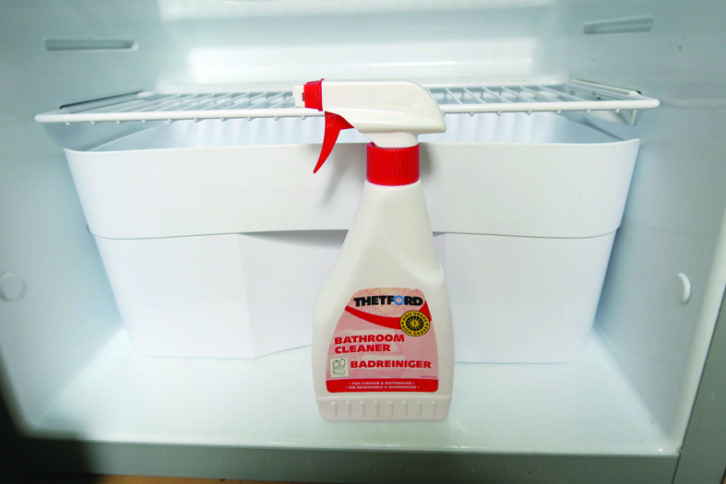
Be careful about the cleaning agents you use on plastic fixtures and fittings. Avoid using household bleach, which will damage the plastic. And bear in mind that products such as Thetford Bathroom Cleaner can be used in the fridge, as well as the bathroom.
As an alternative, use a solution of one teaspoonful of bicarbonate of soda in half a litre of warm water.
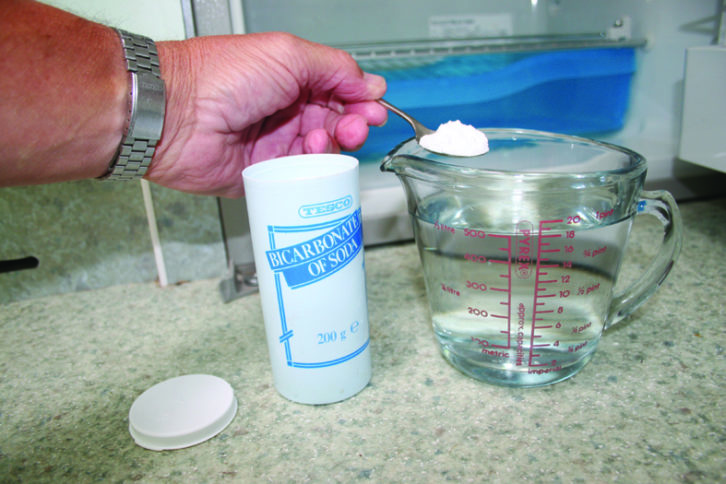
I always store the removable carpets, cushions and upholstery elsewhere, as they can get damp in colder months.
Drain-down
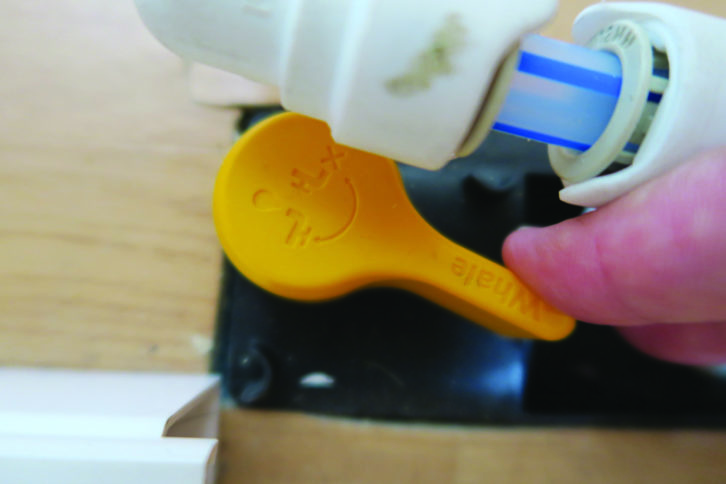
This is one of the most important jobs. Water tends to freeze at 0ºC, so it’s vital to drain down your motorhome before storing it away. If any water is left in the pipes, it will expand on freezing and this could split them.
To drain the water heater, switch off the pump and turn the yellow tap to the open or drain-down position. Once it has finished draining, open all of the taps, including the shower.
If you have a single-lever mixer tap, ensure the lever is in the middle, raised position, to open both hot and cold feeds. Don’t forget to drain down your on-board water tanks, too.
For total peace of mind, you could use a Floë Drain-Down Kit, which connects to the water in-supply at the side of the motorhome, with a foot pump or a 12V tyre compressor. Make sure that it is set to no more than 15psi (1 bar). It will then blast air through the pipes to push out any residual water.
The next step is to drain down the flush water tank to your toilet cassette, which is often overlooked. Locate the drain-down pipe, which is usually to be found in the locker where the toilet cassette is housed.
Using a bowl or bucket, remove the plug on the end of the drain-down pipe and be ready to catch the water. It is surprising how dirty it can get!
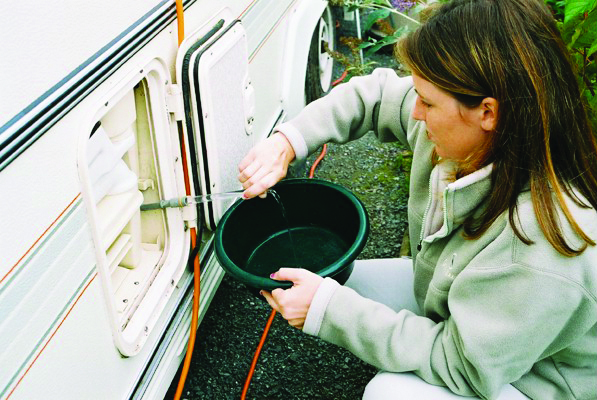
If there is no drain-down pipe, flush the toilet until no more water comes out, but make sure that you empty the cassette. It is also recommended to leave the blade in the open position, to prevent the rubber seal from sticking to the blade. To finish, place plugs in the sink, basin and shower cubicle, to stop any nasty smells coming up through the plughole.
Fridge and freezer
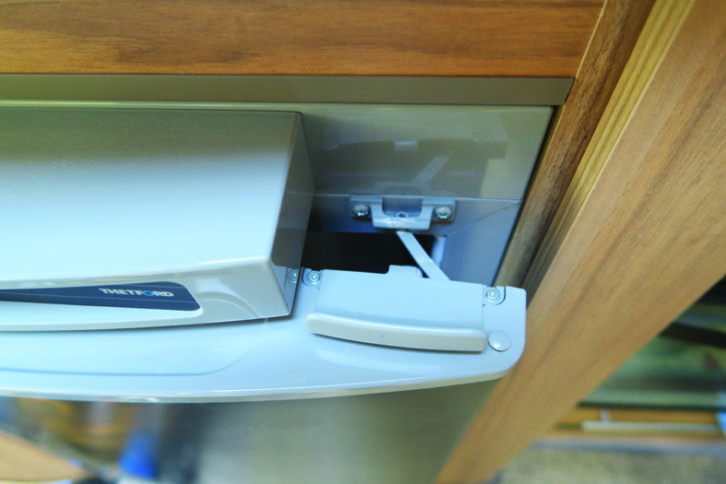
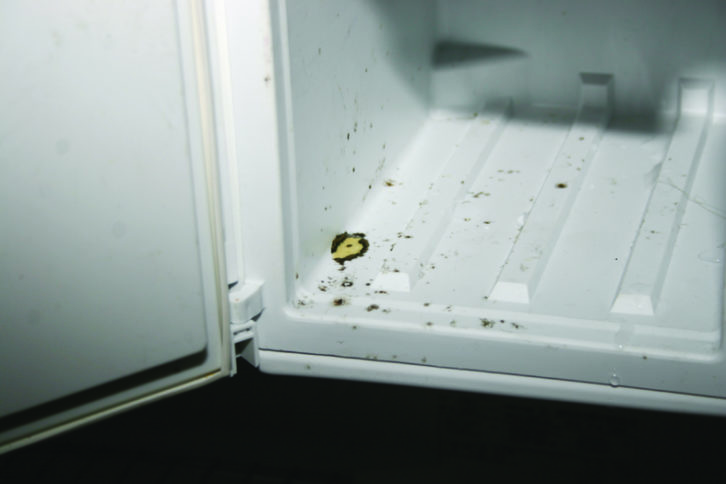
After emptying the fridge and freezer compartments, leave the doors ajar. With the door sealed for extended periods, there is a risk of mould.
Roller blinds
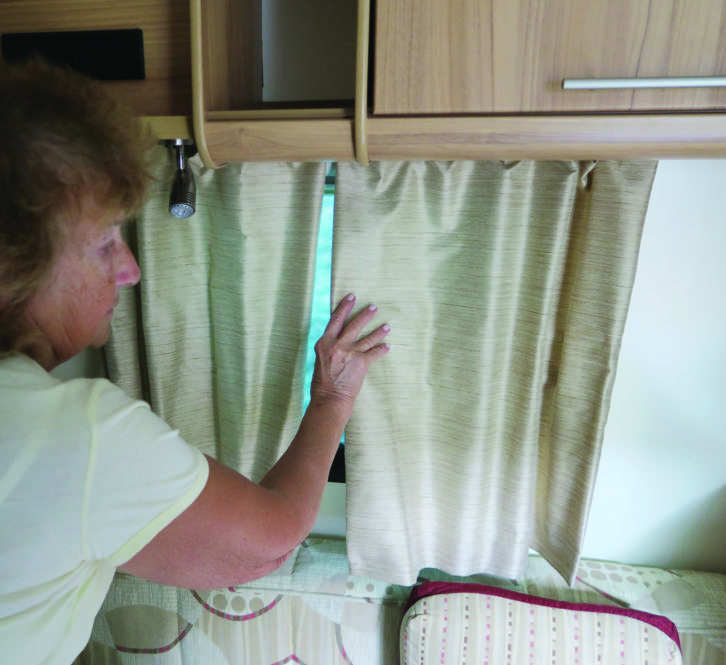
Most of us tend to leave blinds pulled down, to improve security. But if they are kept like this for long, it can strain the spring coils. If you have curtains as well as blinds, close them instead.
Damp prevention
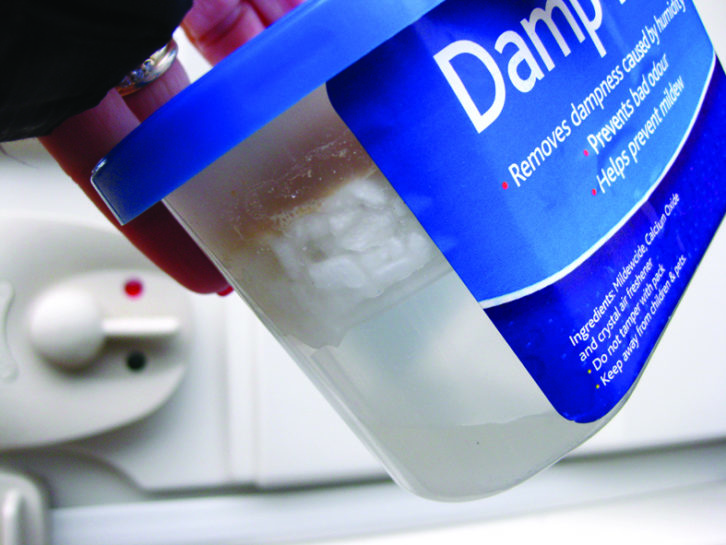
Damp is inevitable in winter, so install a dehumidifier or damp trap. In my first year of touring, I didn’t do this, and on returning in spring, I found mould growing on my wooden spoons!
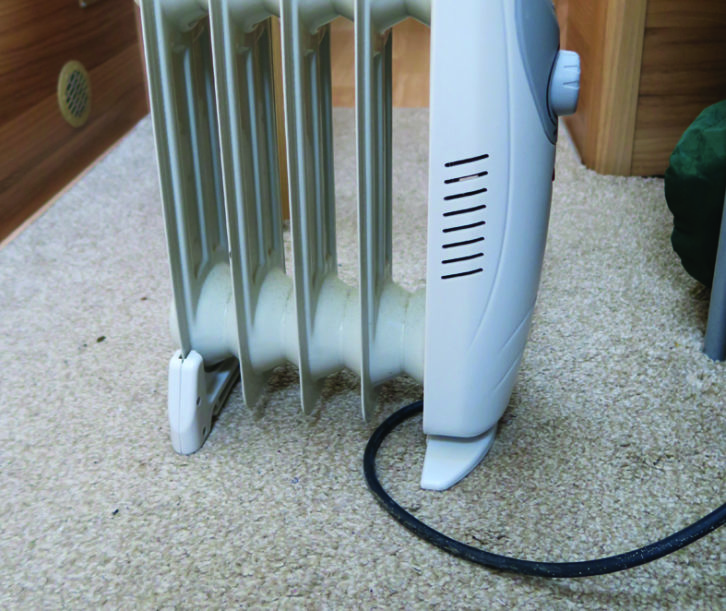
During cold snaps, I run an oil-filled radiator on a timer to keep the damp at bay. This is fine if your motorhome is hooked up to a main supply on your driveway – it is important to keep an eye on it. Leaving some types of heater running is unwise.
Outdoor tasks
Leisure battery
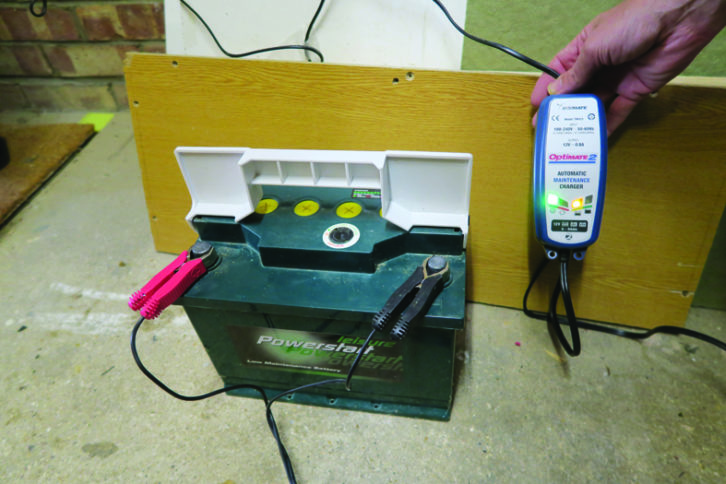
Leisure batteries need to be monitored throughout the winter months – left unattended, they will fully discharge (12.2V or below).
They can be maintained by hooking the motorhome up to a 230V supply – perfect if your ‘van is stored on the driveway. Using mains hook-up in your garage or house means that the motorhome’s built-in charger will keep the battery charged.
However, if your motorhome is kept at a storage site, mains hook-up might not be an option. One possibility is to remove the leisure battery and charge it at home.
If you have an alarm or tracker, the leisure battery needs to remain in the motorhome. In this case, it might be worth considering a solar pulse charger.
However you maintain your leisure battery, it is always advisable to make regular checks that the reading does not fall below 12.2V. It can be a costly mistake to neglect a leisure battery.
Gas cylinders
Gas bottles can be left in the gas locker of your motorhome, as long as the valves are in the closed position or the regulators are disconnected.
But if the motorhome is going into storage, check the gas cylinder policy, because some facilities do not allow gas cylinders to be left on site. If you are storing a gas bottle at home, ensure that it is in a well-ventilated shed.
Brakes and tyres
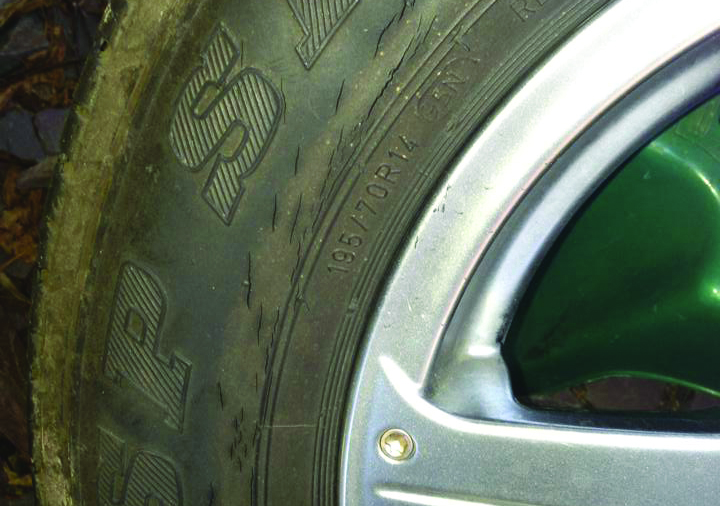
Handbrakes sometimes seize up if left for extended periods, so chock the wheels and release the handbrake.
Tyre walls can suffer during long stints in store, especially if they are exposed to sunlight. Over time, they can start to crack or bubble. To prevent this, move your van forward or back, to take some of the pressure off the tyre wall.
Wash the exterior
To complete your preparations for winter storage, give your motorhome a thorough wash and wax.
Apart from the ‘sprucing up’ effect, washing will remove any potentially damaging grit or debris from your motorhome’s exterior surfaces.
The wax treatment will then offer protection, because it forms a barrier to keep the shine in and the dirt out.
Some companies, such as Fenwick’s, sell cleaning products that have been specially formulated for overwintering.
Time to cover up?
Covers are not everyone’s preference, and some storage facilities don’t allow them. I think that they offer protection from leaf mould, sap and bird mess.
It only takes a few minutes to pull a cover on or off, but make sure you wash your motorhome before covering, to avoid scratches. If you have waxed your ‘van, the cover will just glide on!
Then, when you return in the spring, your well-prepared motorhome will be ready for your next adventure.
Final thoughts
There are a number of jobs that need to be completed before laying-up your motorhome for the winter – making a checklist means you won’t forget any.
After all that preparation, the final step is to make sure windows, doors and skylights are shut and (if possible) locked and, if you have them, alarms or trackers are set. You don’t want nasty surprises when you come back in spring!
If you liked this…. READ THESE:
Top gadgets for cold-weather touring
If you’ve enjoyed reading this article, why not get the latest news, reviews and features delivered direct to your door or inbox every month. Take advantage of our brilliant Practical Motorhome magazine SUBSCRIBERS’ OFFER and SIGN UP TO OUR NEWSLETTER for regular weekly updates on all things motorhome related.
